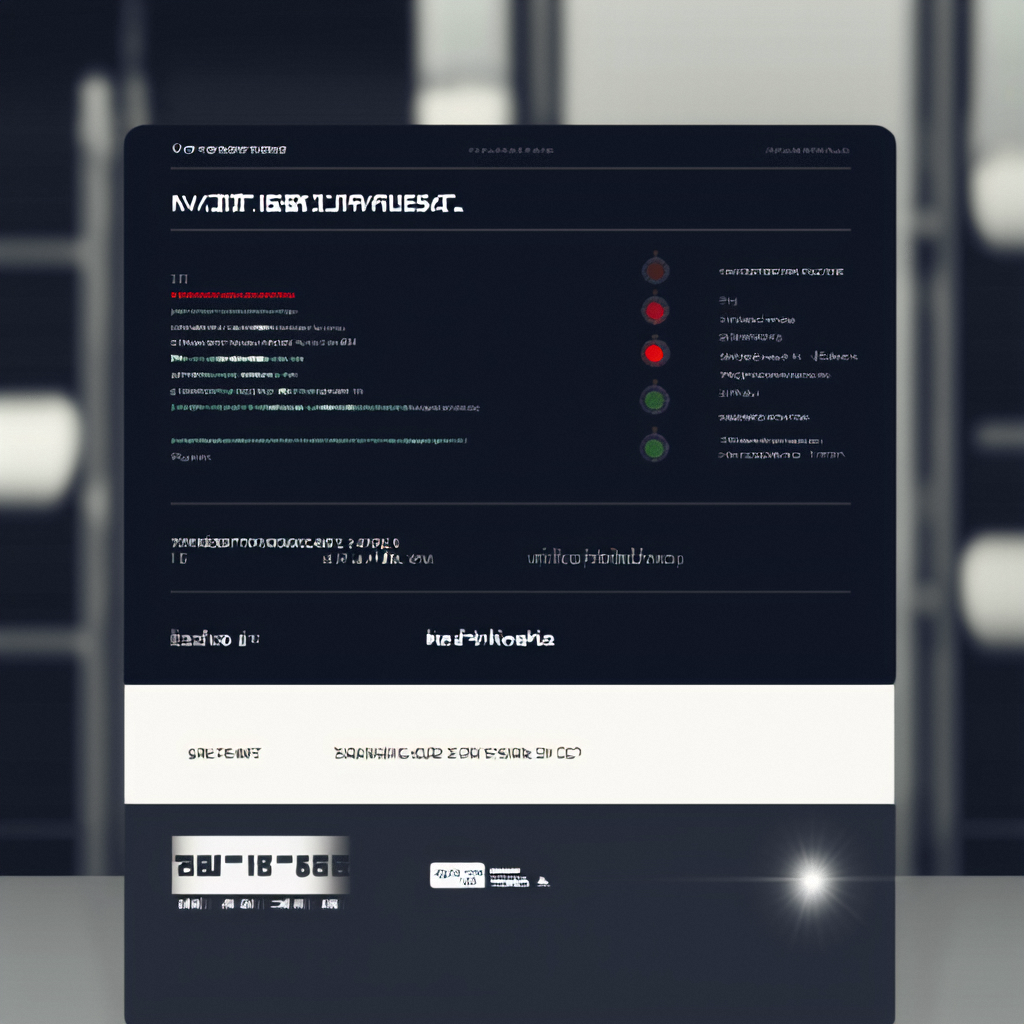LangChain框架中有两个好用的工具:
提示词模板(PromptTemplate)用于指定LLM的输入,解析器(Parser)来正确解释LLM给出的输出
即:
提示词模板(
PromptTemplate):用于格式化地接受输入string变量,作为完整的提示词。
如给生产{product}的公司起个名字。其中的product是可以变化的。解析器(
Parser):用于格式化大模型的输出,控制输出格式(不会有多余的文字描述)。
如dict格式的 {"product_name":"袜子", "company_name":"袜界精品"}
环境配置
from langchain_community.chat_models import ChatZhipuAI
import os
os.environ["ZHIPUAI_API_KEY"] = "463xxxxxxDLN" # 替换为你的Api-Key
# 指定zhipu大模型
chat = ChatZhipuAI(model="glm-4",temperature=0.5)
1.仅用PromptTemplate
from langchain.prompts import ChatPromptTemplate
country = """中国"""
country_template = """
任务:输入一个国家,输出国家的首都
语言:中文
按json格式输出,输出格式如下:
country_name
capital_name
国家: {country_name}
"""
prompt_template = ChatPromptTemplate.from_template(country_template)
# print(prompt_template)
messages = prompt_template.format_messages(country_name = country)
response = chat(messages)
print(response.content)
输出是dict格式,偶尔会出现其他文字表述,且response中的key和value是取不出来的。

2.使用PromptTemplate + Parser
[步骤1]. 指定响应模式
from langchain.output_parsers import ResponseSchema
from langchain.output_parsers import StructuredOutputParser
## [步骤1]. 指定响应模式
# 定义国家名称的响应模式
country_schema = ResponseSchema(name="country_name", description="国家的名称。")
# 定义首都名称的响应模式
capital_schema = ResponseSchema(name="capital_name", description="对应国家的首都名称。")
# 将两个模式放入列表中
response_schemas = [country_schema, capital_schema]
# 使用 `from_response_schemas` 方法创建 `StructuredOutputParser` 类的实例。
# 该方法接收 `response_schemas` 参数,即包含多个模式的列表。
output_parser = StructuredOutputParser.from_response_schemas(response_schemas)
print(output_parser)
输出如下:
StructuredOutputParser(response_schemas=[ResponseSchema(name=‘country_name’, description=‘Name of a country.’, type=‘string’), ResponseSchema(name=‘capital_name’, description=‘Capital of the corresponding country.’, type=‘string’)])
[步骤2]. 将响应格式化并插入到提示词中
这部分的提示词,跟仅PromptTemplate的区别就是,把"按json格式输出xxx"这截省略,用{format_instructions}就可以固定输出格式了。
将
format_instructions嵌入到模版和提示词中,可以用ChatPromptTemplate或HumanMessagePromptTemplate,效果一样,二选一,别看乱了。看一种就去看步骤3哈
法1. 用ChatPromptTemplate
## [步骤2]. 将响应格式化并插入到提示词中
from langchain.prompts import ChatPromptTemplate
# 获取格式化指令
format_instructions = output_parser.get_format_instructions()
# 定义模板字符串,用于构建提示词
country = "中国"
country_template = """\
任务: 输入一个国家,输出国家的首都
语言:中文
国家: {country_name}
{format_instructions}
"""
# 使用模板字符串创建 `ChatPromptTemplate` 实例
prompt_template = ChatPromptTemplate.from_template(country_template)
# 格式化消息,传入具体的国家名称和格式化指令
messages = prompt_template.format_messages(country_name=country,
format_instructions=format_instructions)
# 发送消息并获取响应
response = chat(messages)
# 打印响应内容
print(response.content)
法2. 用HumanMessagePromptTemplate
from langchain.prompts import HumanMessagePromptTemplate
format_instructions = output_parser.get_format_instructions()
country_template = """\
任务: 输入一个国家,输出国家的首都
语言:中文
国家: {country_name}
{format_instructions}
"""
prompt = ChatPromptTemplate(
messages=[HumanMessagePromptTemplate.from_template(country_template)],
input_variables=["country_name"],
partial_variables={"format_instructions": format_instructions}
)
messages = prompt.format_prompt(country_name = "中国")
response = chat(messages.to_messages())
print(response.content)
输出如下:
```json
{
“country_name”: “中国”,
“capital_name”: “北京”
}
```
[步骤3]. 解析响应
## [步骤3]. 解析响应
# 使用 `output_parser` 解析响应内容
output_dict = output_parser.parse(response.content)
# 打印解析后的响应
print(output_dict)
输出是dict格式,且一定可以取出dict中的key和value。
反推过来,response中一定不会有其他文字。

完整代码
from langchain_community.chat_models import ChatZhipuAI
import os
os.environ["ZHIPUAI_API_KEY"] = "463xxxxxxDLN" # 替换为你的Api-Key
# 指定zhipu大模型
chat = ChatZhipuAI(model="glm-4",temperature=0.5)
from langchain.output_parsers import ResponseSchema
from langchain.output_parsers import StructuredOutputParser
## 步骤1. 指定响应模式
# 定义国家名称的响应模式
country_schema = ResponseSchema(name="country_name", description="国家的名称。")
# 定义首都名称的响应模式
capital_schema = ResponseSchema(name="capital_name", description="对应国家的首都名称。")
# 将两个模式放入列表中
response_schemas = [country_schema, capital_schema]
# 使用 `from_response_schemas` 方法创建 `StructuredOutputParser` 类的实例。
# 该方法接收 `response_schemas` 参数,即包含多个模式的列表。
output_parser = StructuredOutputParser.from_response_schemas(response_schemas)
## 步骤2. 将响应格式化并插入到提示词中
from langchain.prompts import ChatPromptTemplate
# 获取格式化指令
format_instructions = output_parser.get_format_instructions()
# 定义模板字符串,用于构建提示词
country_template = """\
任务: 输入一个国家,输出国家的首都
语言:中文
国家: {country_name}
{format_instructions}
"""
# 使用模板字符串创建 `ChatPromptTemplate` 实例
prompt_template = ChatPromptTemplate.from_template(country_template)
# 格式化消息,传入具体的国家名称和格式化指令
messages = prompt_template.format_messages(country_name="中国",
format_instructions=format_instructions)
# 发送消息并获取响应
response = chat(messages)
# 打印响应内容
print(response.content)
## 步骤3. 解析响应
# 使用 `output_parser` 解析响应内容
output_dict = output_parser.parse(response.content)
# 打印解析后的响应
print(output_dict)
更多LangChain的 解析器 Parse 使用教程:https://python.langchain.com.cn/docs/modules/model_io/output_parsers/



















